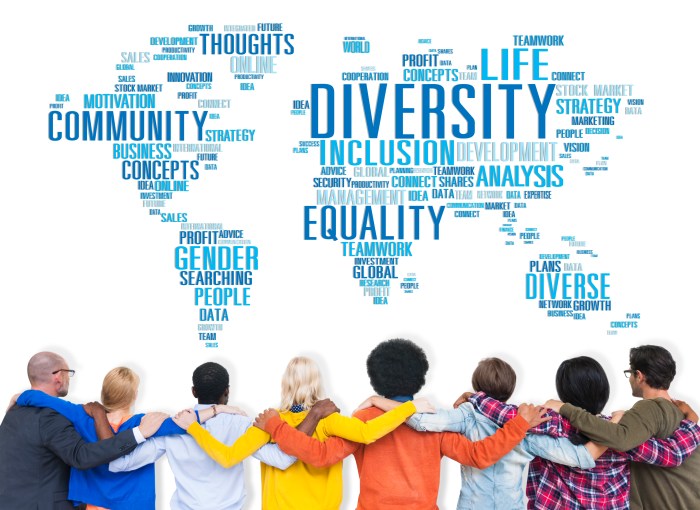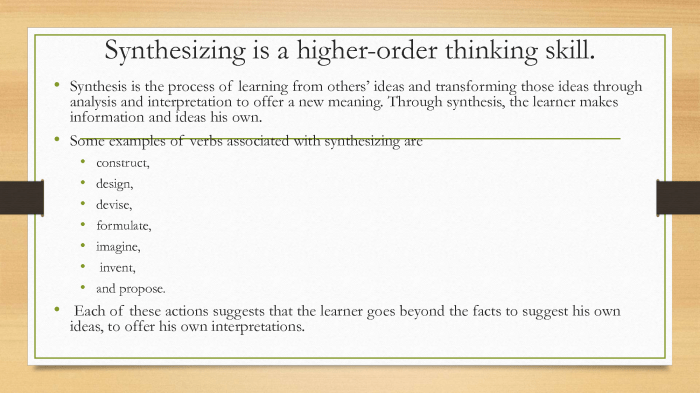As speechmaking becomes more complex as cultural diversity increases, this opening passage beckons readers into a world crafted with good knowledge, ensuring a reading experience that is both absorbing and distinctly original.
Cultural norms, values, and communication styles significantly influence speechmaking practices. Diverse cultural perspectives can shape the content, structure, and delivery of speeches, presenting both opportunities and challenges for speakers.
Speechmaking Becomes More Complex as Cultural Diversity Increases

In an increasingly interconnected world, speechmaking has become more complex due to the growing cultural diversity. Understanding the impact of cultural differences on speechmaking practices is crucial for effective communication and fostering inclusivity.
The Impact of Cultural Diversity on Speechmaking
Cultural norms, values, and communication styles significantly influence speechmaking practices. For example, in some cultures, directness is valued, while in others, indirectness is preferred. Understanding these cultural variations is essential for tailoring speech content and delivery to resonate with specific audiences.
Challenges in Communicating Across Cultures, Speechmaking becomes more complex as cultural diversity increases
When addressing audiences with diverse cultural backgrounds, speakers face challenges such as misunderstandings, misinterpretations, and cultural insensitivity. These challenges can stem from differences in language, nonverbal cues, and cultural etiquette.
- Language barriers:Speakers may encounter difficulties in conveying their message effectively if they do not speak the audience’s language.
- Nonverbal cues:Gestures, facial expressions, and eye contact can have different meanings in different cultures, leading to misinterpretations.
- Cultural etiquette:Violation of cultural norms, such as interrupting speakers or avoiding eye contact, can cause offense and hinder communication.
Adapting Speechmaking to Diverse Audiences
To overcome these challenges, speakers need to adapt their speechmaking content and style to suit specific cultural contexts. This involves understanding cultural etiquette, humor, and nonverbal cues.
- Content:Speakers should research the audience’s cultural background and tailor their content to resonate with their values and interests.
- Style:Adapting speech style to suit the audience’s cultural preferences, such as using formal or informal language, can enhance engagement.
- Nonverbal cues:Speakers should be aware of the cultural significance of nonverbal cues and adjust their gestures, facial expressions, and eye contact accordingly.
The Role of Cultural Sensitivity
Cultural sensitivity is paramount in speechmaking. Speakers have an ethical responsibility to respect and acknowledge cultural differences. Avoiding cultural stereotypes and promoting inclusivity is essential for creating a welcoming and respectful environment.
- Respectful language:Speakers should use respectful language that does not perpetuate stereotypes or marginalize any group.
- Inclusive content:Speeches should be inclusive, representing diverse perspectives and experiences.
- Cultural awareness:Speakers should demonstrate an understanding of the audience’s cultural background and avoid making assumptions.
Cultural Diversity and Innovation in Speechmaking
Cultural diversity can inspire creativity and innovation in speechmaking. Cross-cultural collaboration and the exchange of ideas can lead to unique and impactful messages.
- New perspectives:Diverse cultural perspectives can bring new insights and ideas to speechmaking, broadening its scope and depth.
- Innovative approaches:Cultural diversity can inspire speakers to experiment with different speechmaking styles and approaches, fostering creativity.
- Global impact:Speeches that effectively bridge cultural divides can have a broader global impact, promoting understanding and inclusivity.
Essential Questionnaire: Speechmaking Becomes More Complex As Cultural Diversity Increases
How does cultural diversity impact speechmaking?
Cultural diversity influences speechmaking practices by shaping cultural norms, values, and communication styles, which can affect the content, structure, and delivery of speeches.
What challenges arise when communicating across cultures in speechmaking?
Challenges in communicating across cultures include potential misunderstandings, misinterpretations, and cultural insensitivity. Speakers must be aware of these challenges and employ strategies to overcome them.
How can speakers adapt speechmaking to diverse audiences?
To adapt speechmaking to diverse audiences, speakers should understand cultural etiquette, humor, and nonverbal cues. They should also tailor the content and style of their speeches to suit specific cultural contexts.

